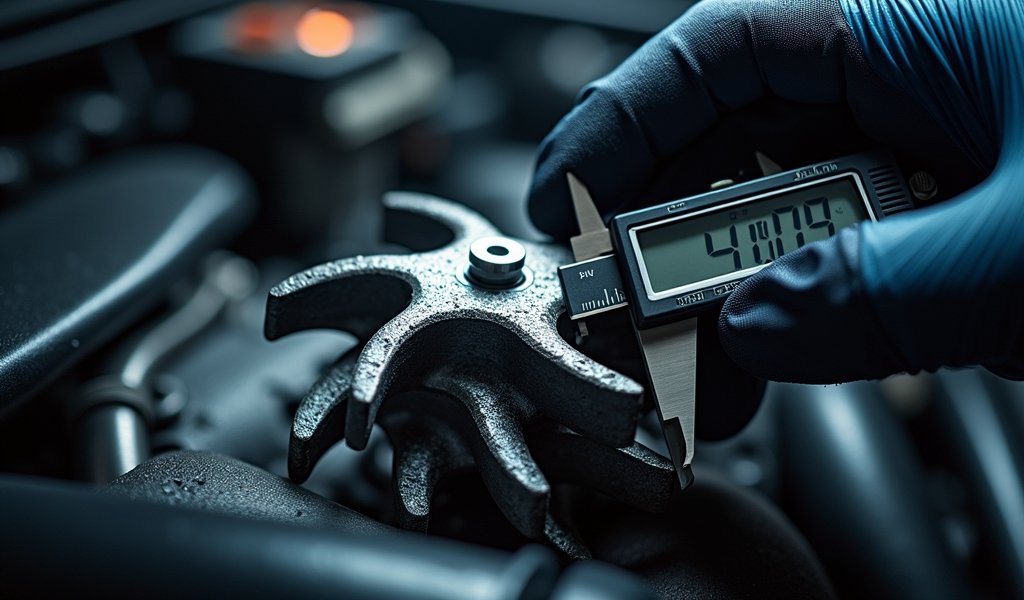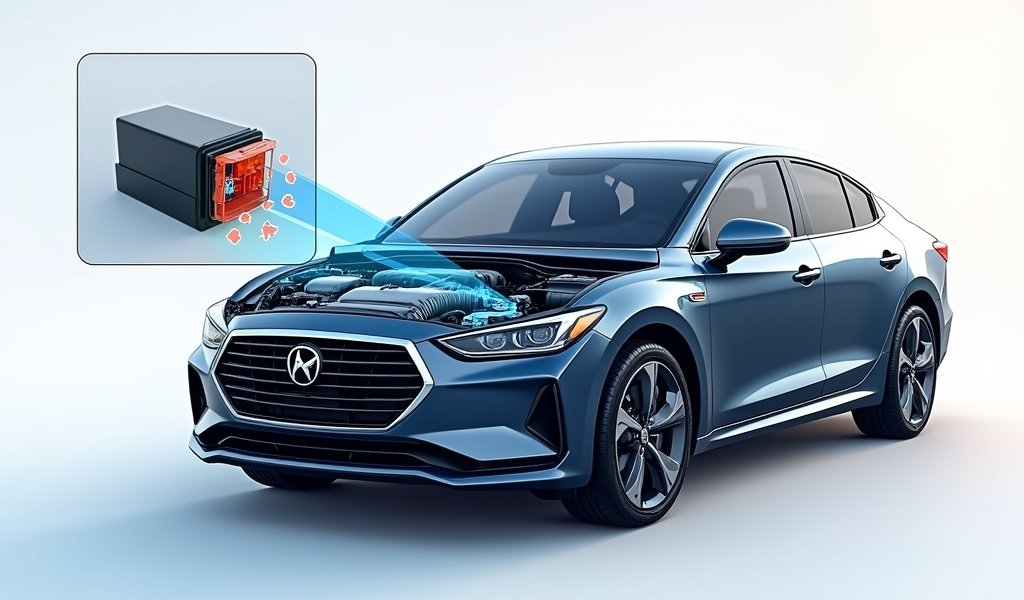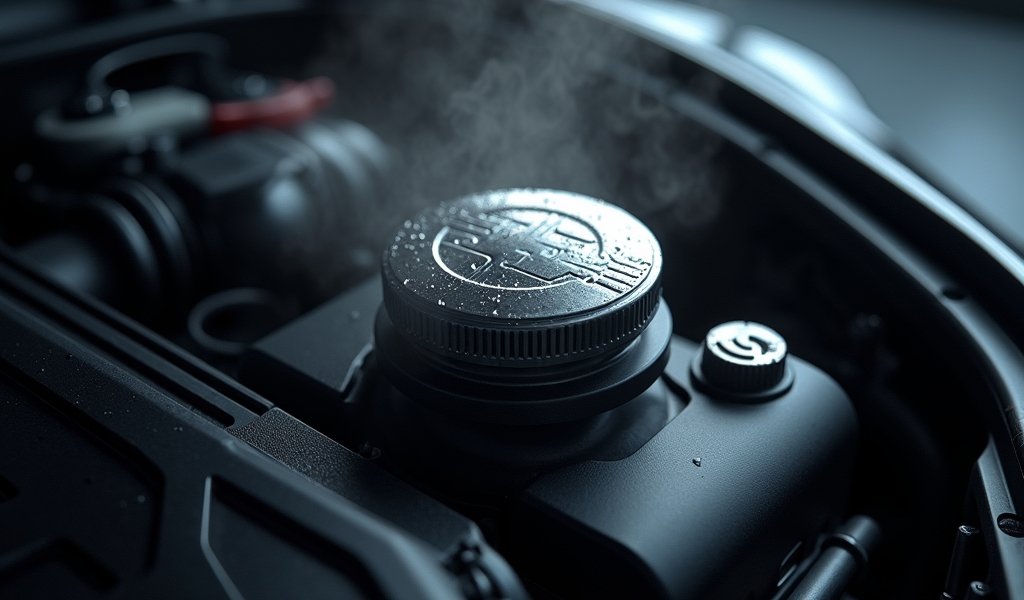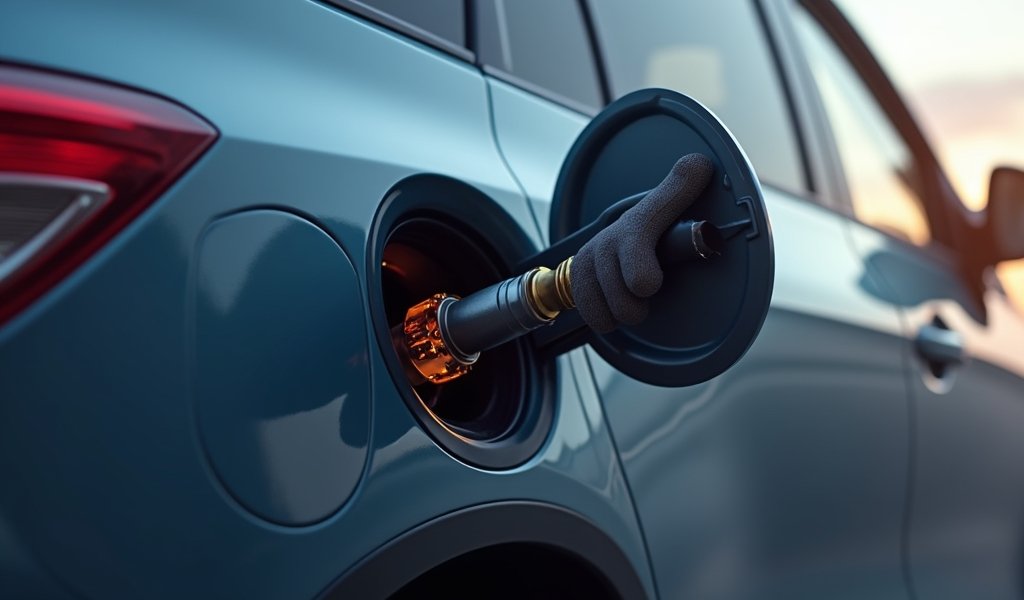Coolant Temperature Warning Light Fixes
Overview This article provides a detailed guide on responding to a vehicle’s coolant temperature warning light, covering causes (from low coolant levels to faulty thermostats), immediate actions, diagnostic methods, repair options, and preventative maintenance strategies. It emphasizes that this warning requires immediate attention to avoid severe engine damage, with specific steps for both DIY repairs […]
Coolant Temperature Warning Light Fixes Read More »










